October 10, 2023
Native Flower Power All Year, even in an HOA!
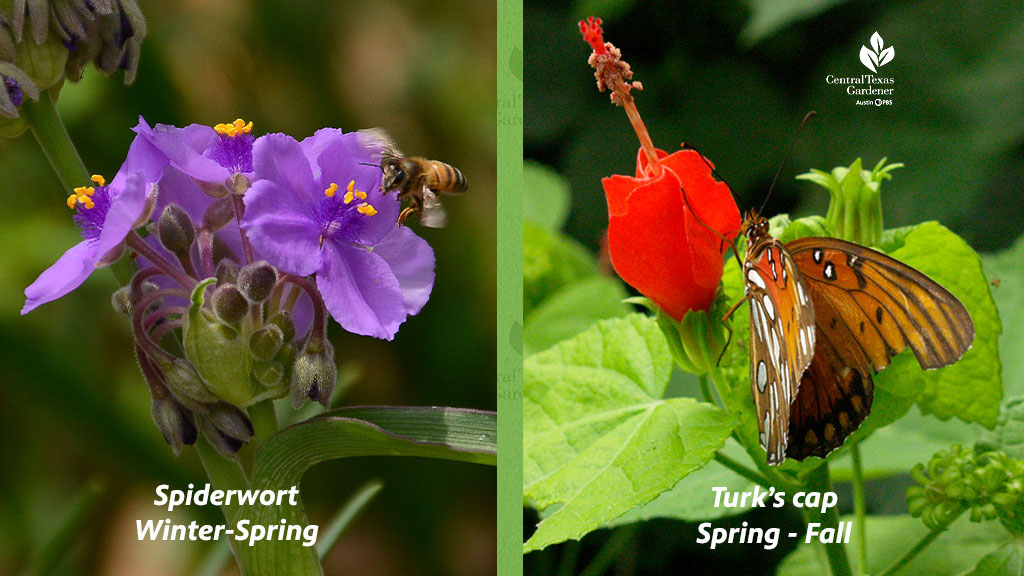
I’m often asked: “How can I support wildlife all year?” One sure way is to provide food in the habitat equation that includes shelter and water. Dynamic duo native spiderwort (Tradescantia gigantea) and turk’s cap/wax mallow team up in part shade to keep food supplies in stock. In late fall, spiderwort emerges to take over when turk’s cap goes dormant in winter. When things warm up, it goes underground and turk’s cap carries on.
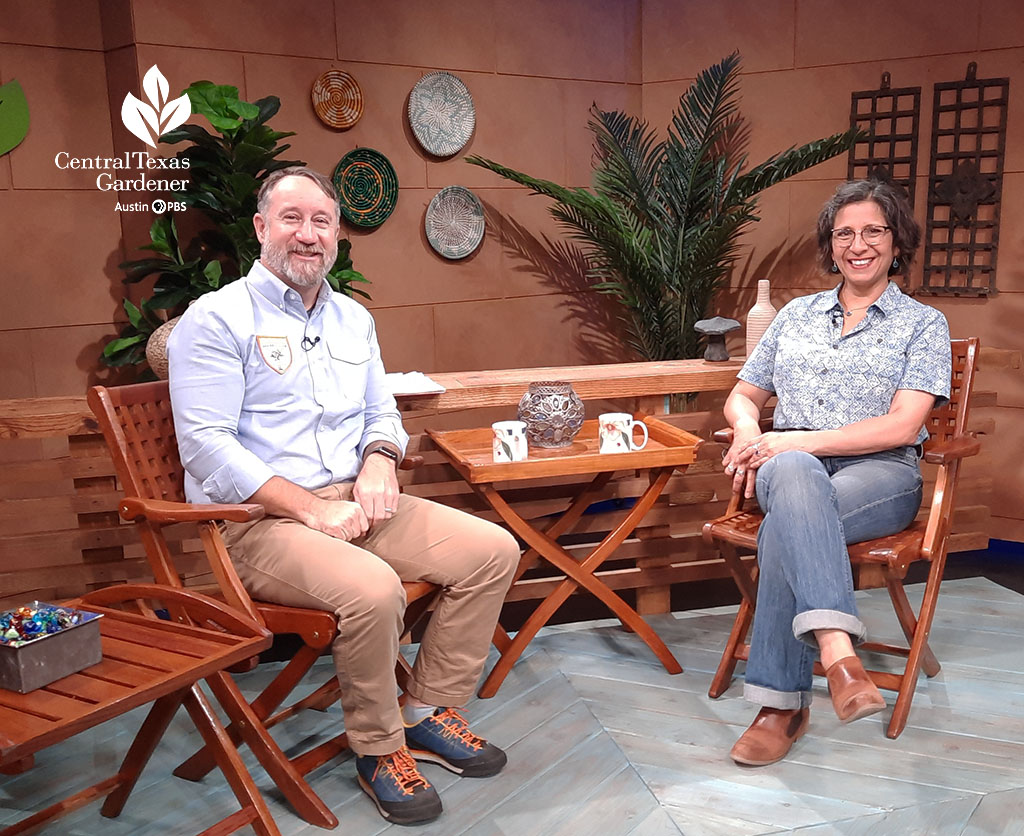
This week, host John Hart Asher and Andrea DeLong-Amaya, Director of Horticulture at the Wildflower Center, swap ideas for time-share plants—essentially plant communities that swap seasons to maximize
flowers for pollinators.
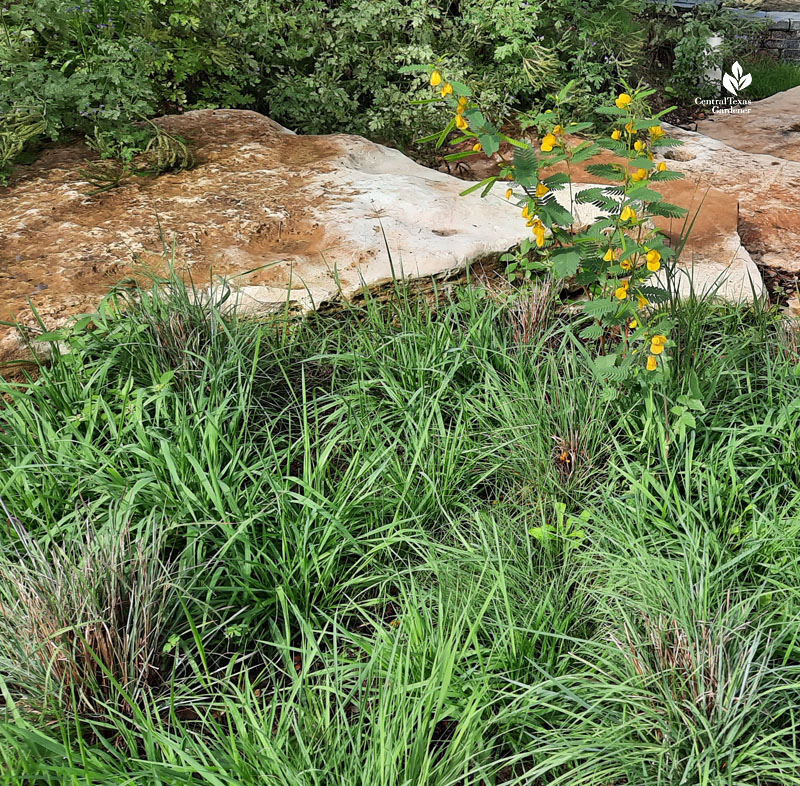
Andrea likes to pair summer’s annual partridge pea with springtime’s perennial or annual winecup.
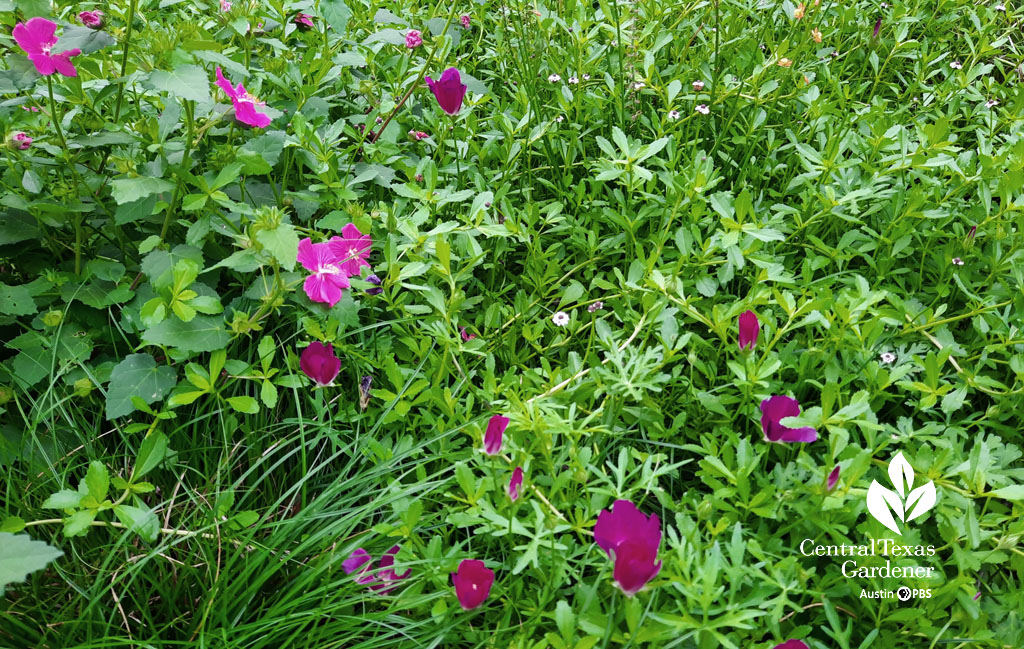
In this May garden, evergreen rock rose (Pavonia lasiopetala) and native low-growing Texas frogfruit (Phyla nodiflora) cover for winecup when it goes dormant in summer.
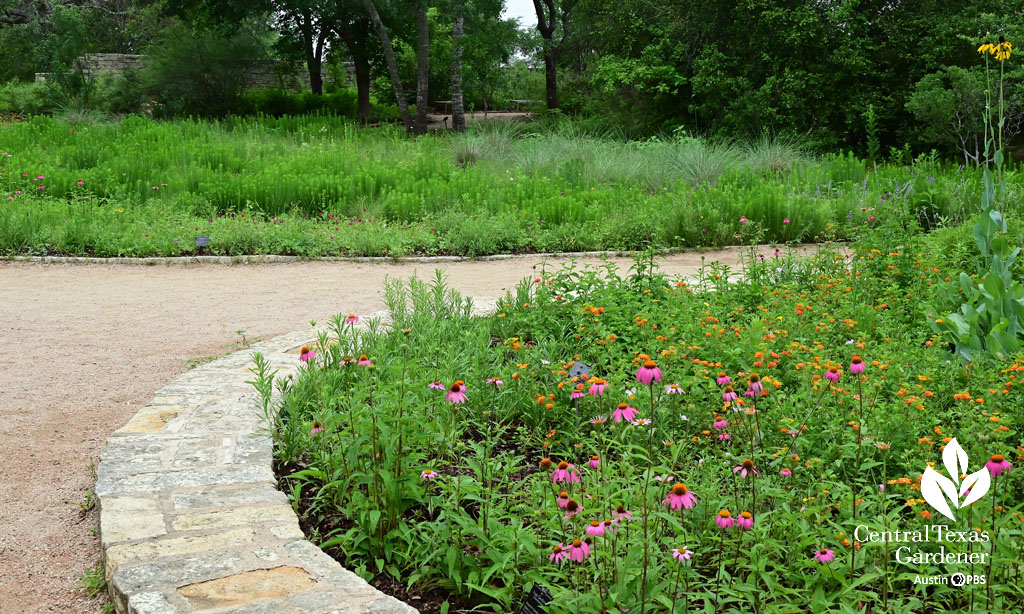
Lantana’s a sun-loving blooming fiend from late spring to frost. In May at the Wildflower Center, it joined coneflower and giant coneflower (yellow-flowered Rudbeckia maxima). At the border, low-growing prairie goldenrod blooms in fall. Beyond, spring flowers mingle with fall-blooming grasses, perennials, including purple-flowered liatris.
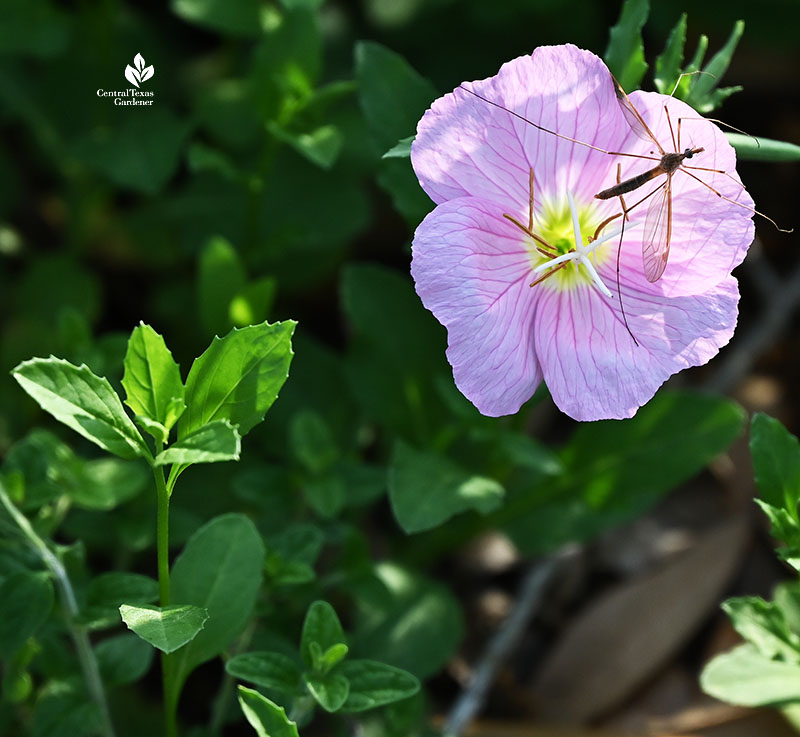
Since lantana goes dormant in winter (usually!), underplant with bluebonnets or (energetic) pink evening primrose.
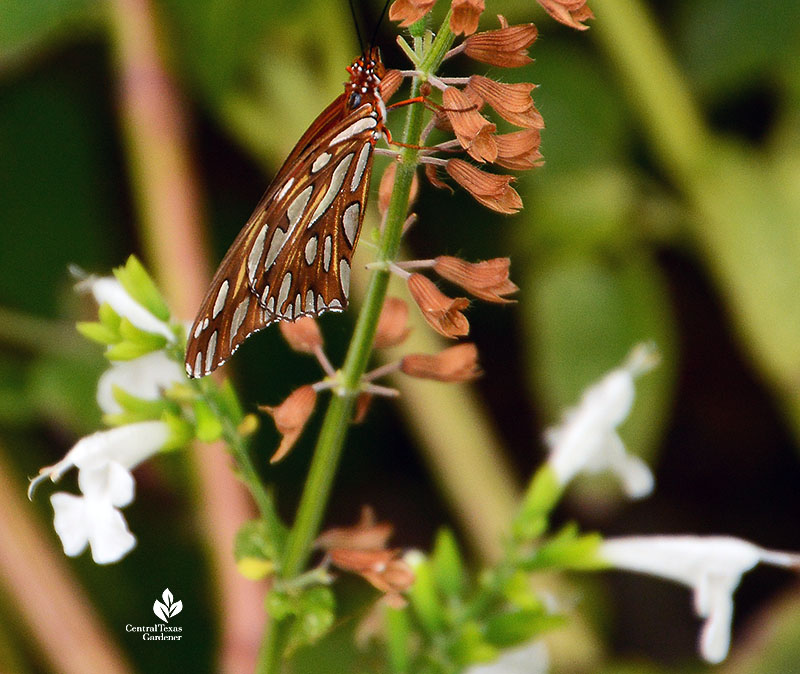
In shade, Andrea goes for scarlet sage/tropical sage (Salvia coccinea) for its long bloom period and delicious appeal to butterflies (like this Gulf fritillary) and hummingbirds. A self-seeding annual or perennial, it goes dormant in winter.
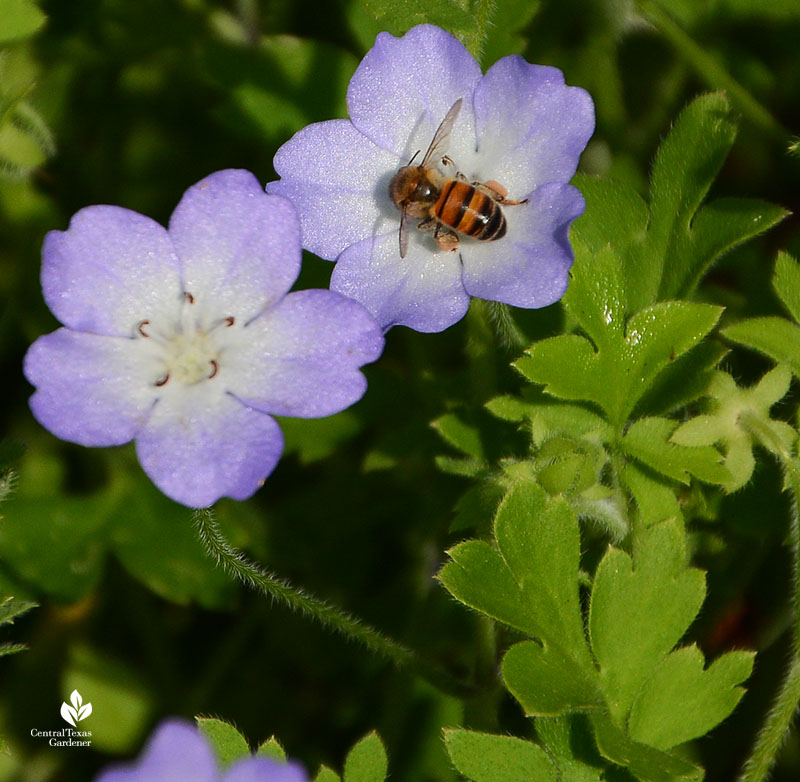
So, Andrea likes to companion it with baby blue eyes, a winter annual that sports lovely rosettes in winter and sweet pale blue flowers that bring bees on the run! In my part-shade areas, it returns reliably every year, even in spots that I don’t water. By the time it goes to seed, the salvia has popped back up.
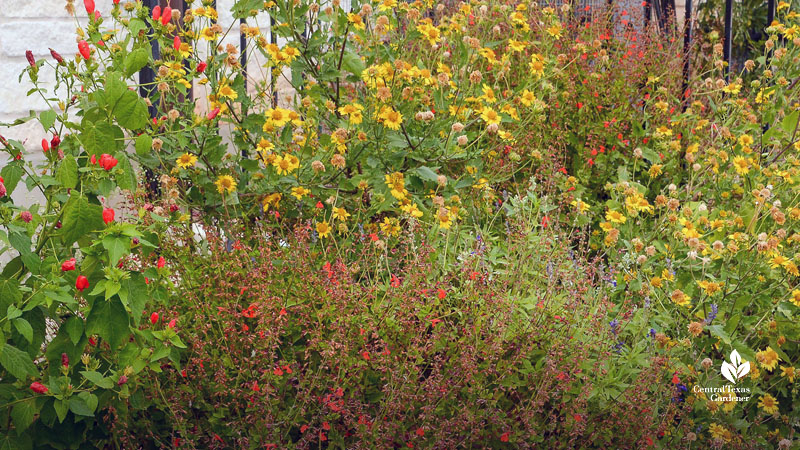
In New Braunfels, Kathleen Scott loves creating plant communities that cluster flower power for all kinds of pollinators and birds. On our visit in November 2022, turk’s cap, tropical sage, and cowpen daisy were still going strong.
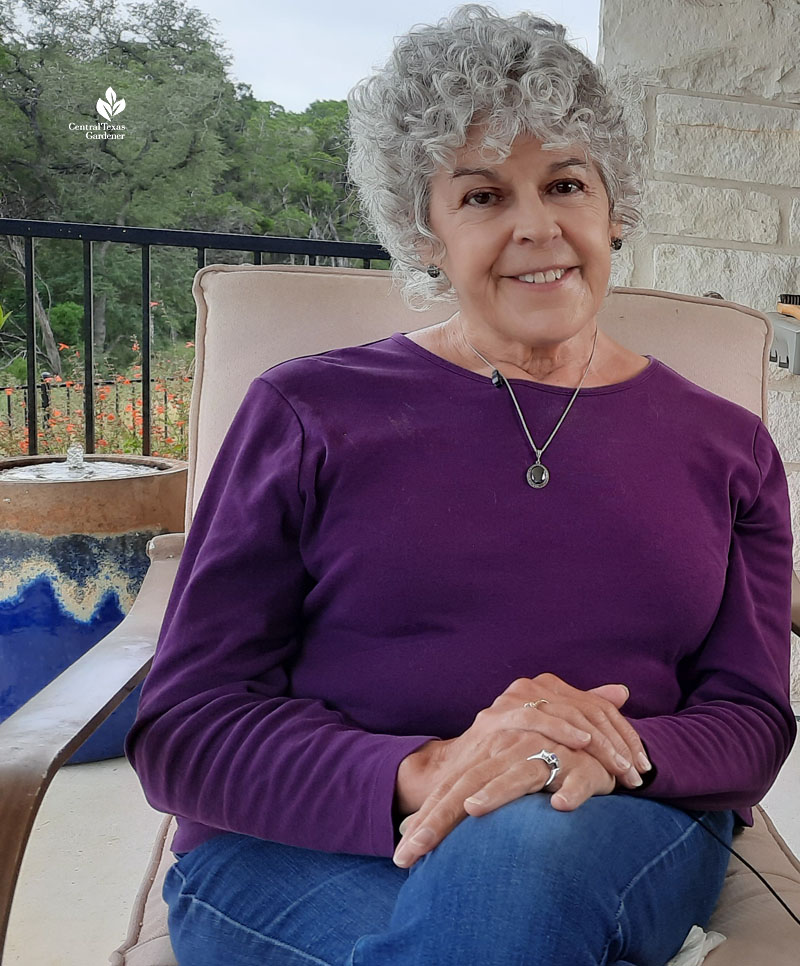
She and husband Denny started from scratch in a garden ruled by deer and HOA restrictions.
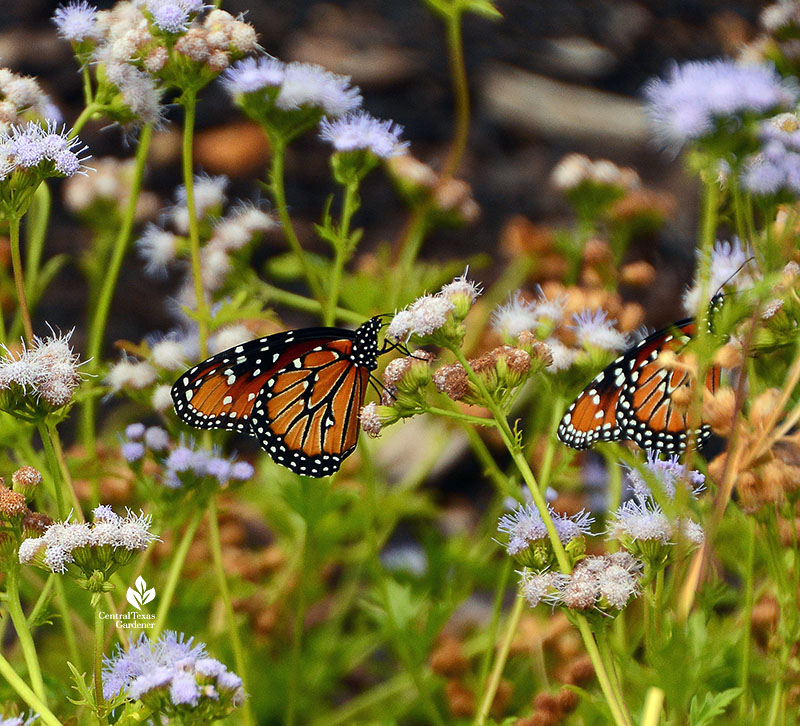
Fall-blooming native Gregg’s mistflower guarantees crowds of Queen butterflies.
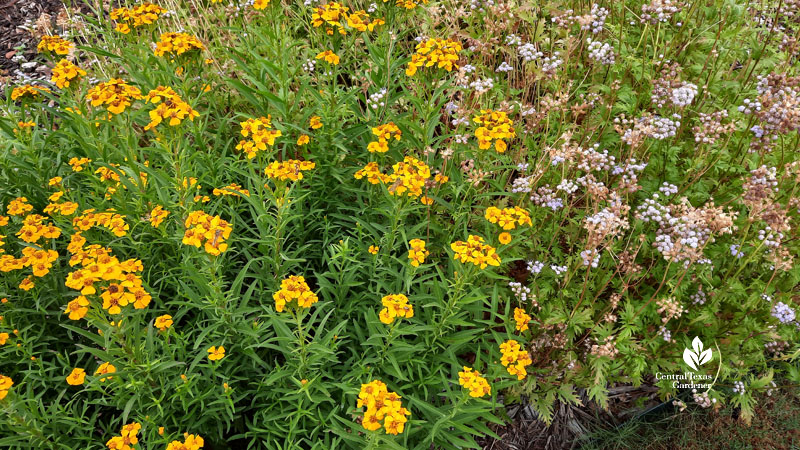
Although most of her plants are native, she includes adapted plants like Mexican mint marigold, its leaves a yummy substitute for tarragon which doesn’t work here at all.
Read more about her garden!
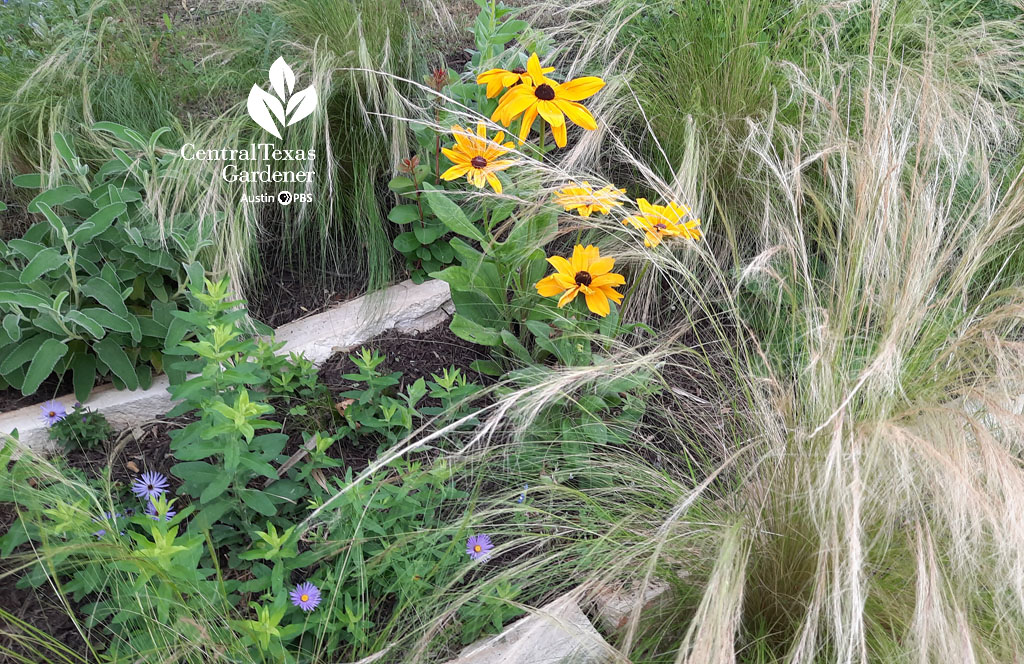
So, what IS the difference between native and adapted plants? Daphne explains: “Native plants are known to grow naturally in a certain region, and so they should do well when planted in landscapes in that region. And adaptive plants are native to regions with a similar climate so they’ve been shown to do well in an area even though they aren’t found in nature there.” (This grouping in James Barela and Ray Delgadillo’s garden includes native aster, adapted Mexican feather grass and Jerusalem sage, and a rudbeckia cultivar.)
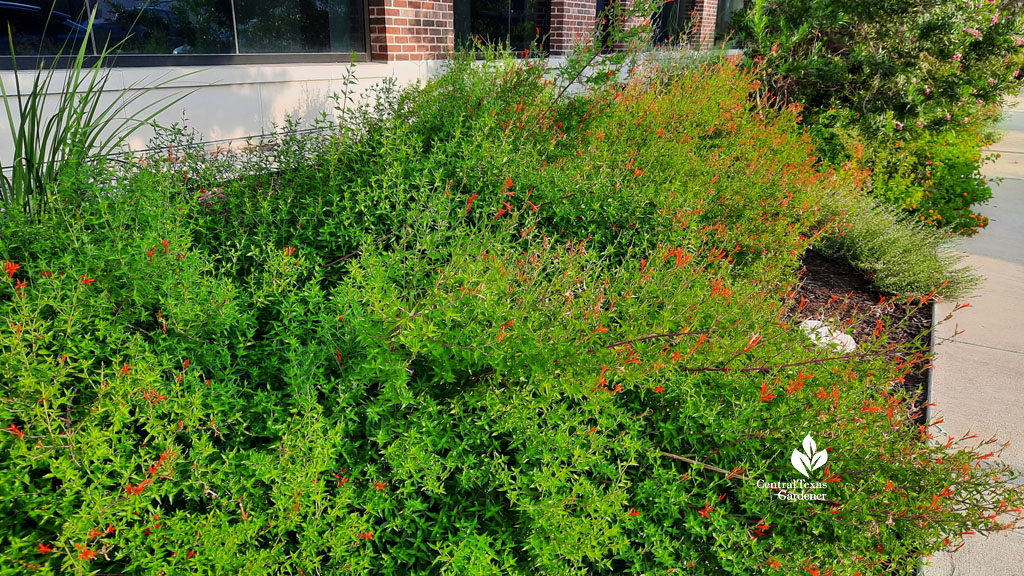
“It’s also very easy to be confused by the terms variety, cultivar, and hybrid. Think of varieties as naturally-occurring variations and cultivars as variations that come about due to human intervention, such as cross-breeding and hand-pollinating. When you see the abbreviation ‘var,’ such as Anisicanthus quadrifidis var. wrightii, you’ll know that plant’s a variety.” Since that’s a mouthful, most of us just know this one as flame acanthus!
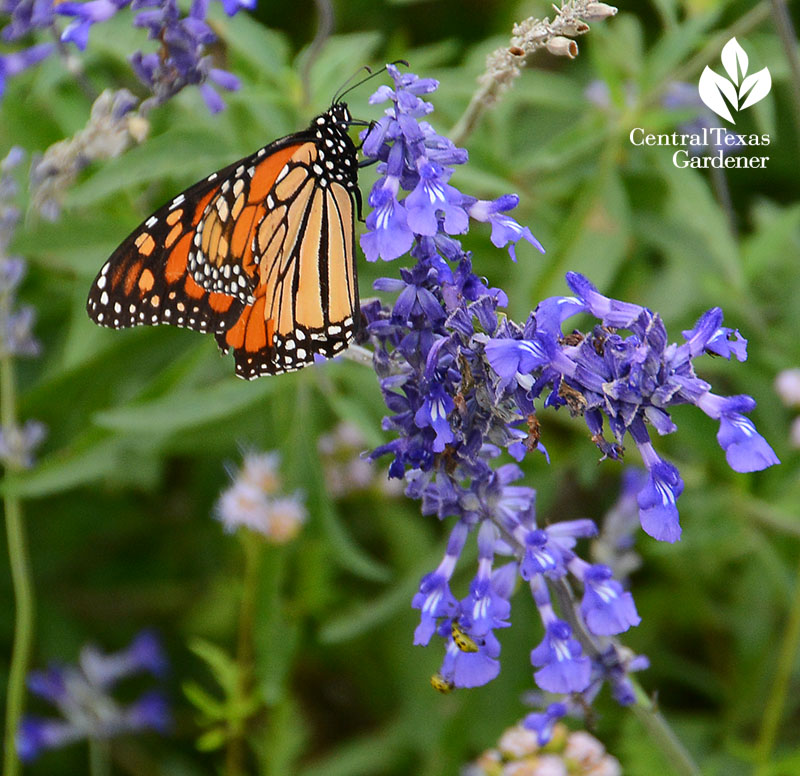
A cultivar will be noted in single quotes, such as Salvia farinacea ‘Henry Duelberg.’
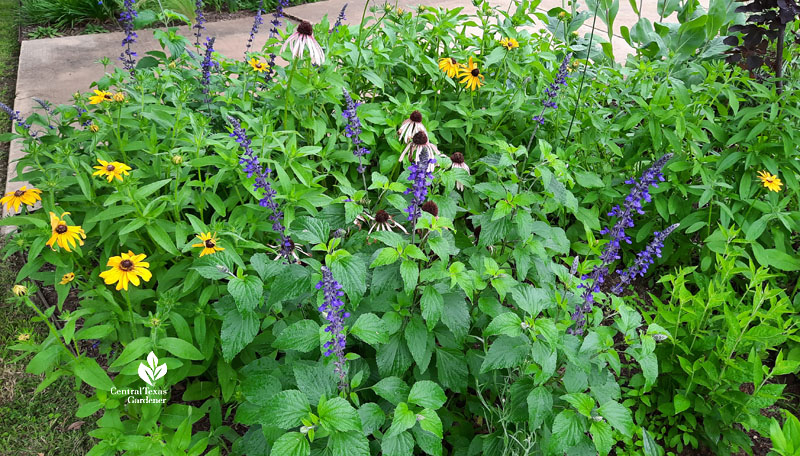
“Hybrid” is often used to indicate that a plant is sterile, due to cross-breeding between two different but closely related species, but can also be used to simply convey that this cross-breeding has occurred naturally, due to an exchange of pollen in the wild. And its name often includes the letter X, as in Salvia x. ‘Indigo Spires’. (It mingles here with rudbeckia and pale purple coneflower in James and Ray’s garden.)
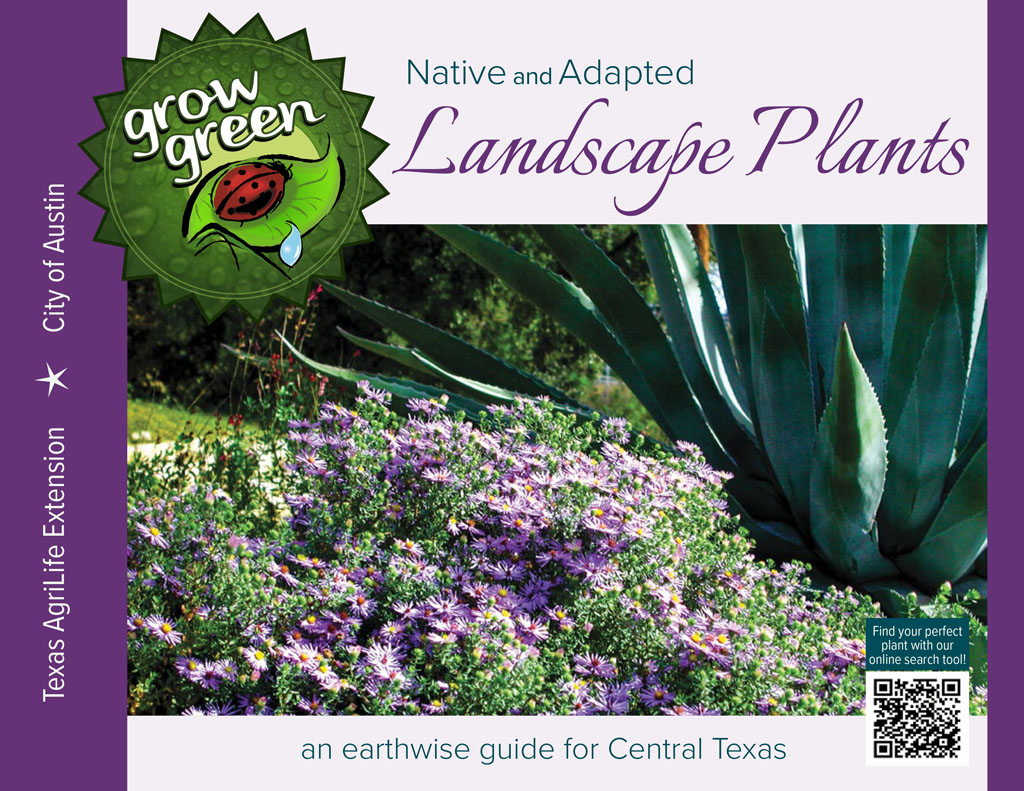
Mainly, what you really need to know is a plant’s soil, light, and water requirements. Note mature size, whether it’s evergreen or deciduous, and seasonal performance. With succulents, note cold hardiness. One great resource is Grow Green’s Native and Adapted Landscape Plants.
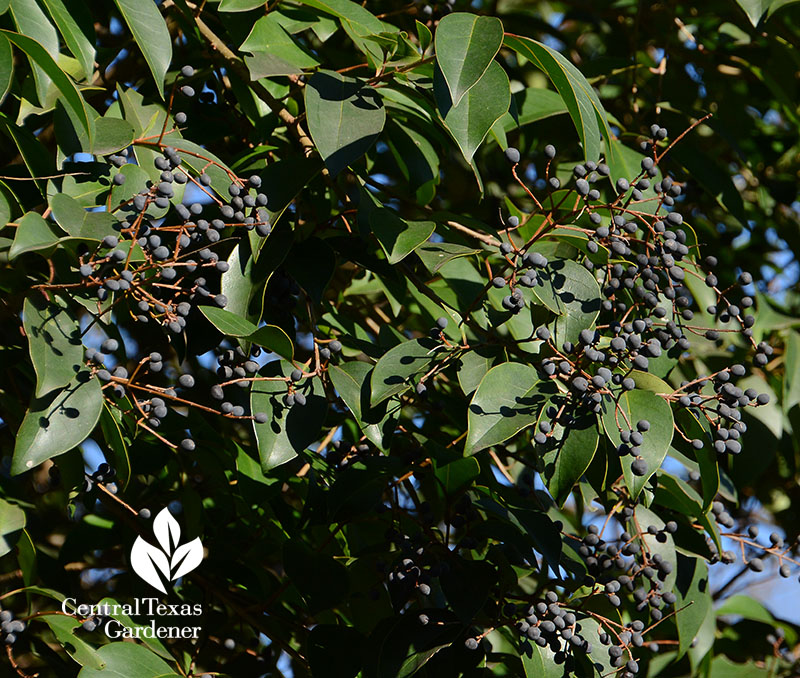
Check out what’s tagged as invasive in your state (like this ligustrum) at the USDA’s National Invasive Species Information Center.
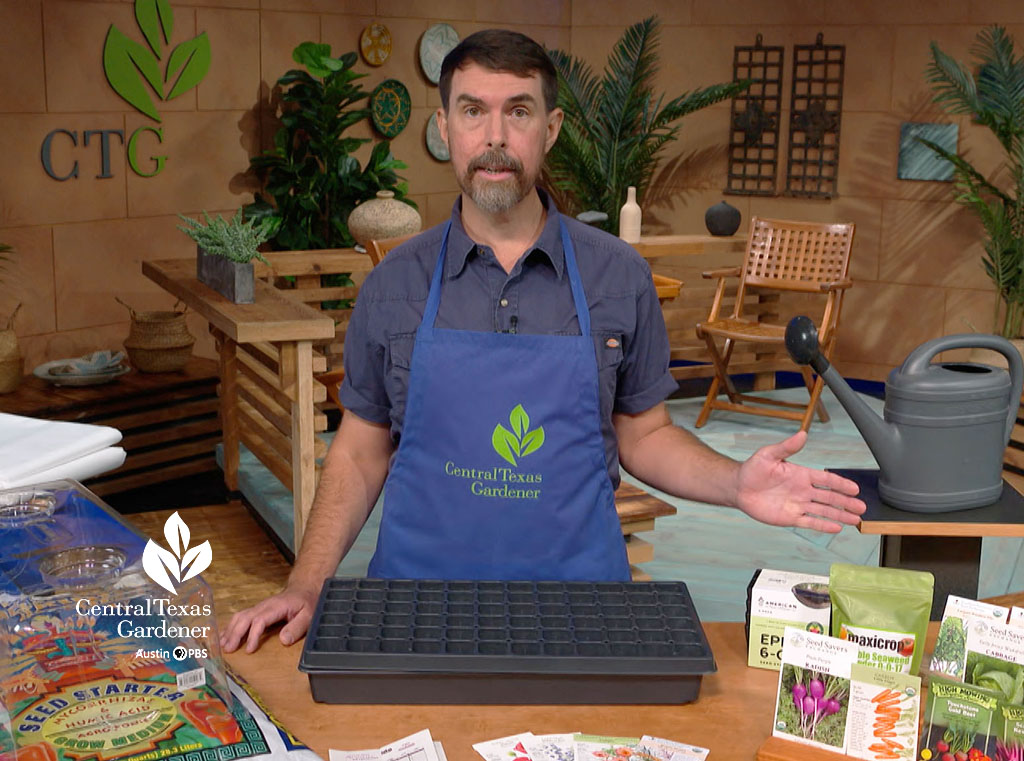
October’s such a great time to grow cool weather vegetables and greens, but our rollercoaster weather can be a real trick! Scott Blackburn of New Garden Road treats us to pro tips for abundant harvests.
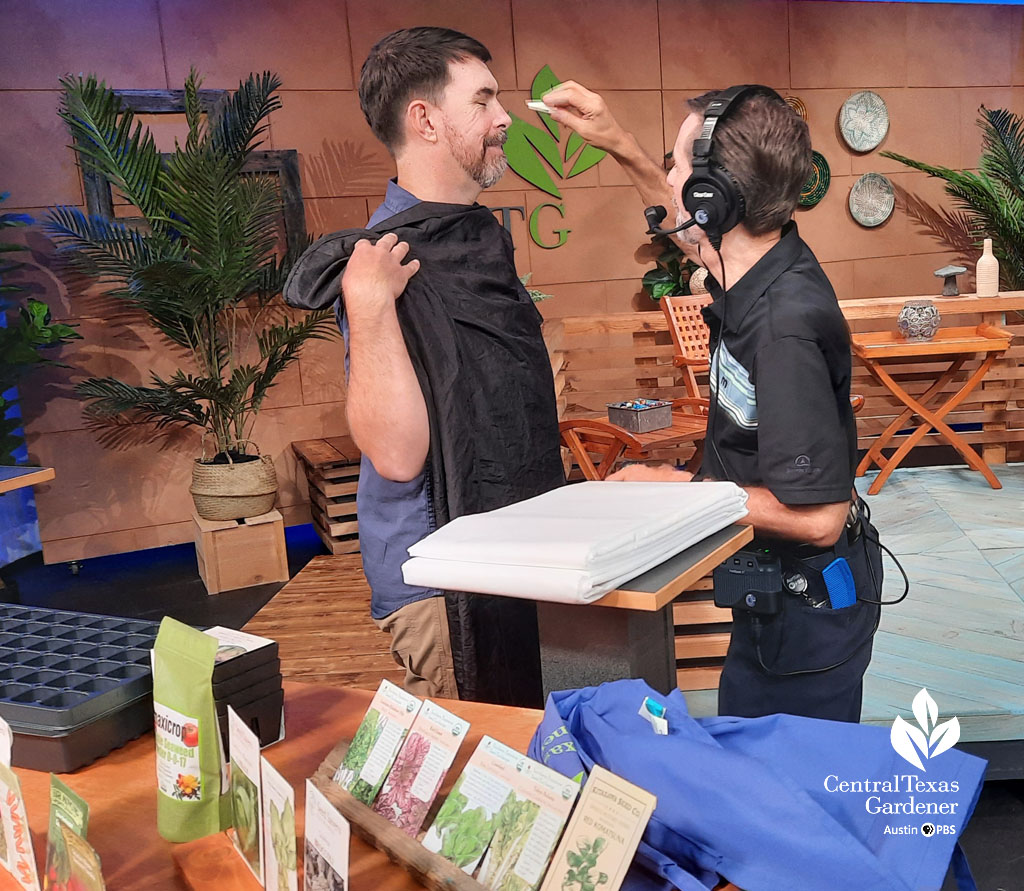
Floor manager Steve Maedl’s got a bagful of tricks to take the shine off 80% humidity.
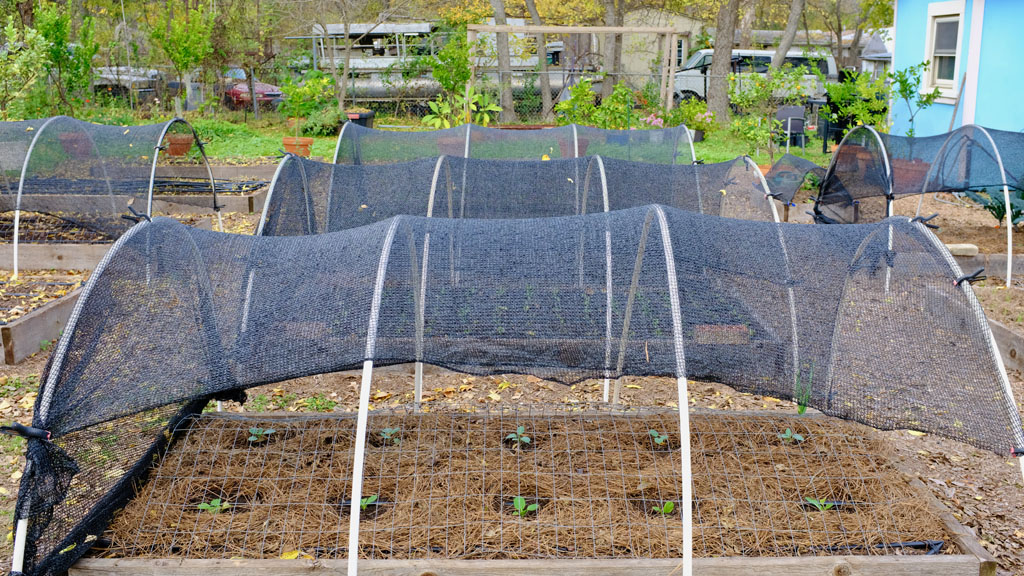
And since early fall to winter can mean 90° or freezing (sometimes within hours!), he uses shade cloth to cool things down.
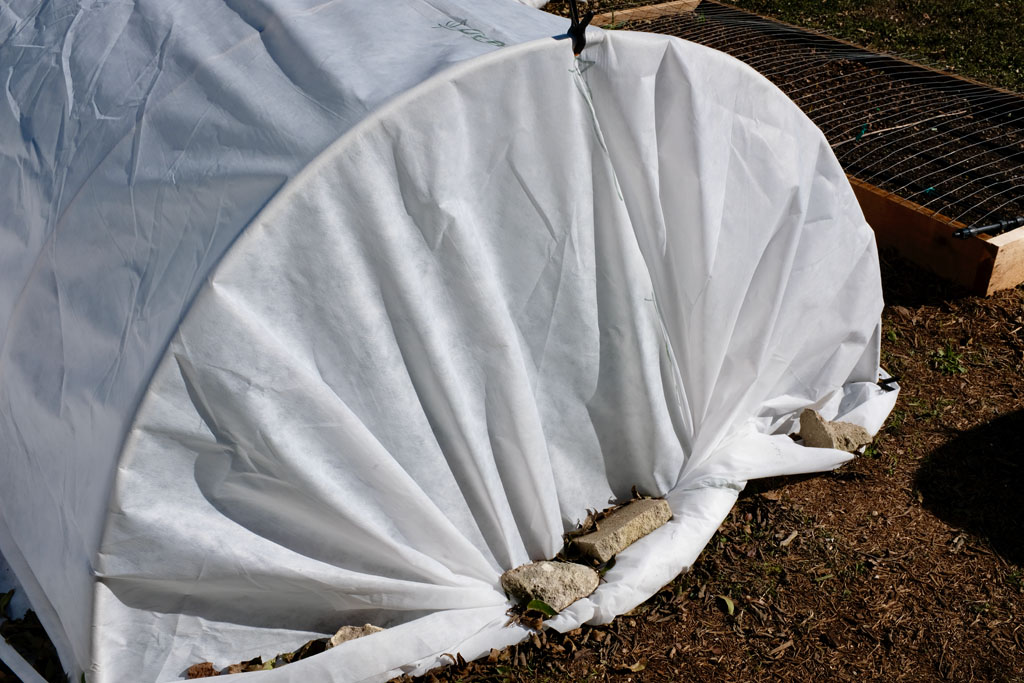
Floating row cover protects when freezing weather looms.
Watch it all now!
Thanks for stopping by! Tune in next week to meet Ashley Landry of the Native Plant Rescue Project.
tags:

